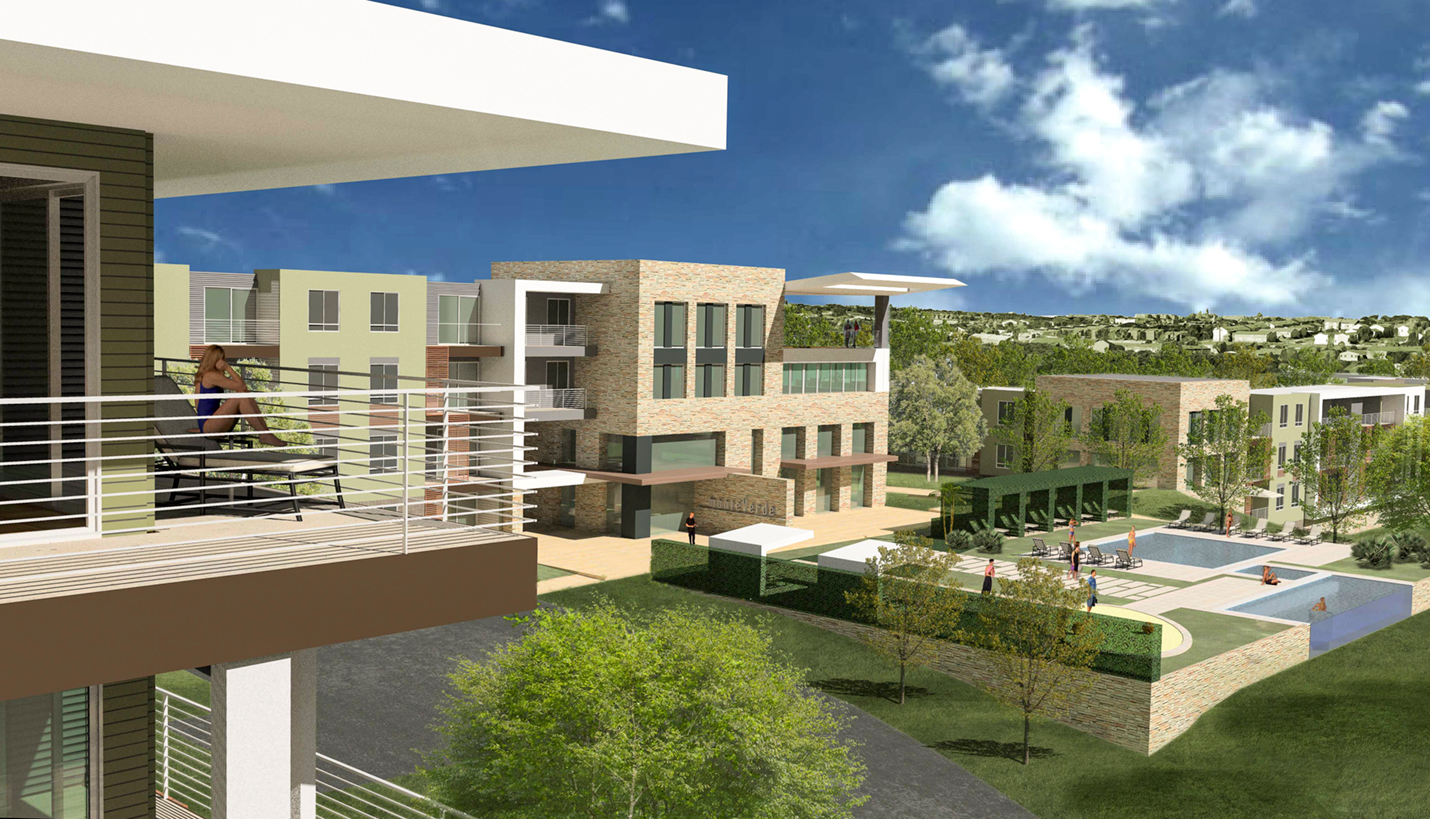

The Fifth Step in Creating a Net Zero Building: Putting It All Together
At Page, we pride ourselves on being at the forefront of green architectural design, the implementation of sustainable practices, and we strive for environmental friendliness and cost effectiveness in every building we design. In a series of posts, Page Associate Principal and Senior Design Architect Peter Hoffmann details the methodical approach that Page used for a net zero-targeted multifamily project for the benefit of other designers also seeking to create an energy- and cost-efficient building.
The Fifth Step in Creating a Net Zero Building: Putting It All Together
The final step of the energy programming process is consolidating information generated into a clear and useful document that can be used to make good decisions on the project. This can take many forms from simple itemized lists of paybacks to comprehensive and complex life-cycle cost analysis. The key is to customize the report so that it addresses the owner’s informational needs in the most concise manner possible, and is appropriate to the level of financial calculations expected.
The owner of a project we'll call Riverside Apartments needed to integrate the information into the project pro-forma. Because there was still a large list of energy efficiency measures (EEM) on the table with varying returns on investment (ROI), Page produced five scenarios for evaluation. These ranged from the scenario with the most minimal investment and the highest return to the most comprehensive option with the largest potential energy savings but somewhat lower ROI.
In all cases, the team made sure that the various EEMs packaged together in each scenario worked well together. Each scenario was summarized in a spreadsheet with a concise summary of savings as well as an overall cost per square foot impact figure for the project. In the end the owner selected the middle scenario based on its impact on energy savings, balanced by initial cost as well as its suitability for the planned marketing strategy.
As more and more clients and energy codes demand increased energy efficiency in buildings, it has become increasingly important to find ways to deliver these efficient buildings quickly and cost effectively. The method described in this paper is designed to minimize design time and to maximize energy savings and return on investment for owners.
The results of this process will be increased client return on investment and satisfaction, a more streamlined design process, and a reduction of major redesigns and value engineering efforts. And of course, a more energy efficient project.
This is the fifth and last in a series of posts on designing NetZero, or low energy consumption, projects based on a white paper by Page Associate Principal Peter Hoffmann. To see previous posts, click the links on the right hand side of the page.
08/28/2018
People
Related Posts
- How Green Space Can Spur Economic Development
- Keeping Austin Green and Clean
- New Student Facilities Open In Time for Fall Semester
- The Fourth Step in Creating a Net Zero Building: Evaluating Energy Measures
- The Third Step in Creating a Net Zero Building: Identifying & Evaluating Energy Saving Strategies
- The Second Step in Creating a Net Zero Building: Creating the Energy Team
- The First Step in Creating a Net Zero Building: Establishing An Energy Goal








